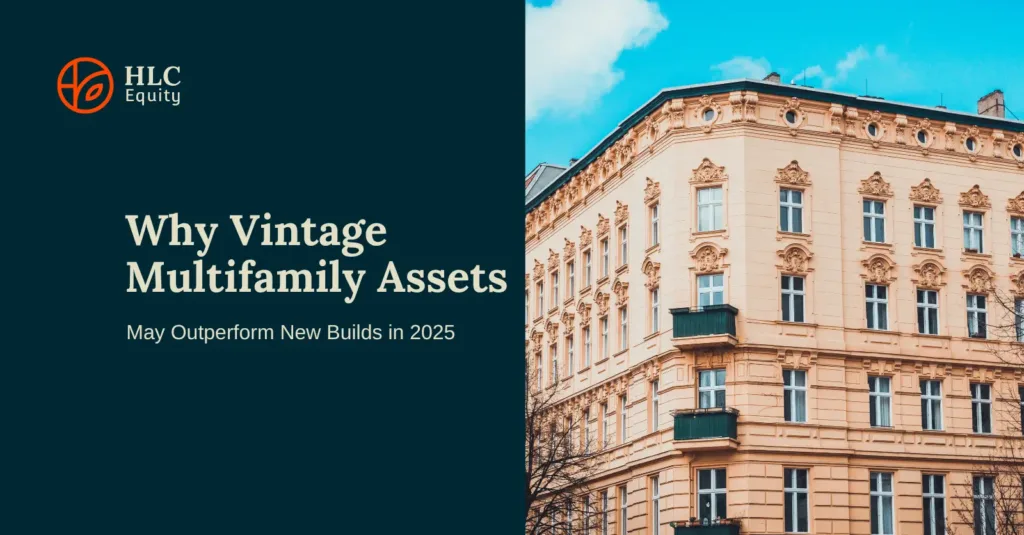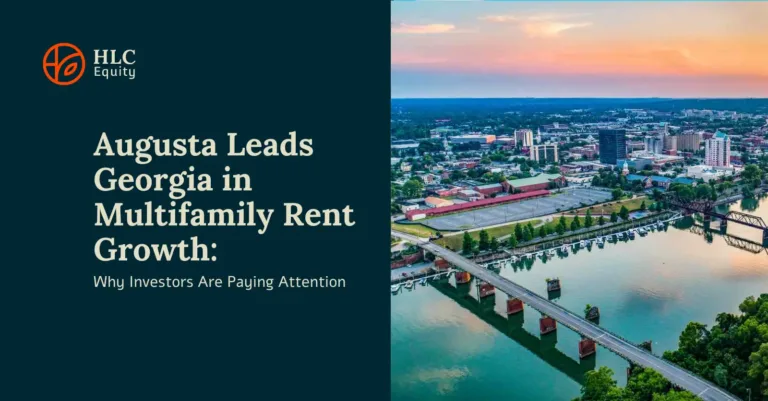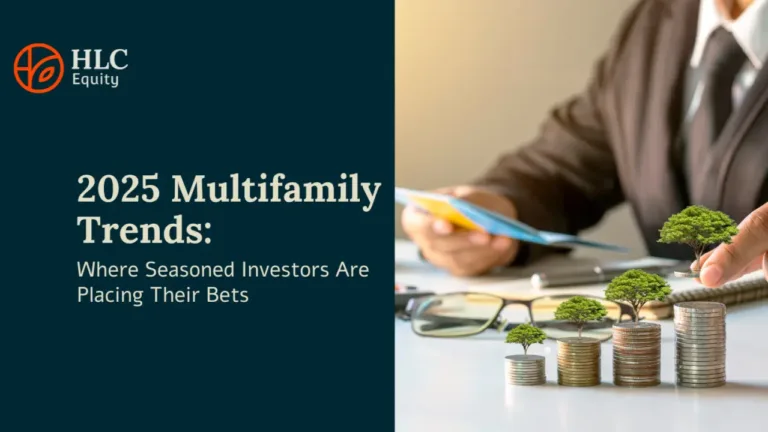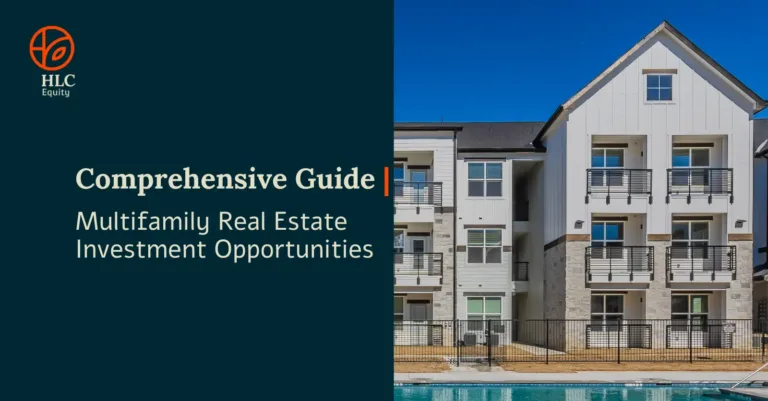
Introduction
As the U.S. multifamily market continues to evolve in 2025, investors are rethinking strategies to achieve both stability and growth. While new developments often showcase cutting-edge amenities, vintage multifamily assets — generally built before 2000 — are becoming a favored alternative among experienced investors. These assets provide strong cash flows, value-add opportunities, and historical resilience that new builds may lack.
This article explores why these properties may outperform new builds today, supported by verified market data and industry analysis.
Lower Cost Basis and Value-Add Upside
Vintage multifamily properties often trade at a lower cost per unit than new construction, typically well below replacement cost. This favorable entry point enables investors to add value through targeted renovations, operational improvements, and amenity upgrades — leading to rent growth and appreciation.
A thoughtful value-add strategy allows owners to enhance tenant experiences while maintaining affordability. As highlighted in HLC Equity’s Insights, this approach is particularly effective in markets where cost-conscious renters dominate.
Stable Cash Flow and Strong Occupancy
Unlike new projects that face extended lease-up periods and higher vacancy risks, vintage multifamily assets often benefit from established tenant bases and steady occupancy. According to the Yardi Matrix Multifamily National Report, Class B and C vintage properties have maintained occupancy rates above 94%, even as newer luxury units encounter leasing challenges.
These stable cash flows are essential for investors looking for dependable income and lower risk, making vintage assets attractive for those prioritizing immediate yield over speculative growth.
Growing Demand for Affordable Housing Options
Affordability challenges continue to drive demand for older, well-located rental options. Many renters prefer vintage assets because they offer lower rents while still delivering access to desirable neighborhoods and amenities. Data from the National Multifamily Housing Council (NMHC) underscores that middle-income renters represent a large and growing segment that seeks affordability without compromising quality.
By upgrading and repositioning these assets, investors can tap into this strong demand while maintaining competitive rental rates — ensuring tenant retention and sustained revenue.
Reduced Exposure to Supply Pressures
New construction faces headwinds from rising costs, labor shortages, and regulatory delays. Additionally, most new supply targets luxury segments, creating oversaturation in certain markets.
Vintage assets, on the other hand, face less direct competition and benefit from limited new supply in the workforce housing segment. The NMHC highlights that only a small fraction of new developments cater to middle-income renters, leaving vintage assets uniquely positioned to capture ongoing demand with reduced pricing pressure.
These properties also come with a historical track record of performance across market cycles, supporting stronger risk-adjusted returns and aligning with HLC Equity’s conservative, long-term approach detailed in their Insights.
Attracting Global Capital
Vintage multifamily properties have increasingly attracted international capital seeking reliable, income-producing assets. The JLL Global Capital Flows Report shows that investors favor U.S. multifamily assets with strong cash flow characteristics, particularly those with value-add potential and operational stability.
This aligns with HLC Equity’s mission to bridge U.S., Israeli, and global investor communities, providing access to opportunities that combine steady income with long-term appreciation.
Supporting Defensive and Flexible Strategies
In an environment marked by higher interest rates and capital cost fluctuations, vintage assets provide flexibility and defensive strength. Investors can maintain cash flow, protect against market volatility, and enhance asset value through operational improvements.
These attributes support a long-term investment philosophy rooted in repositioning and careful management — pillars central to HLC Equity’s strategy, as emphasized in their educational resources.
Conclusion
Vintage multifamily assets deliver a compelling alternative to new developments, offering advantages in acquisition cost, cash flow stability, tenant demand, and global investor appeal. These characteristics enable investors to balance consistent income generation with long-term value creation while mitigating exposure to market risks.
With a track record spanning over 75 years, HLC Equity continues to focus on vintage multifamily opportunities that emphasize operational excellence and community value. By integrating strategic repositioning and steady asset management, vintage properties can become essential components of a resilient, growth-focused investment portfolio.
For additional insights on multifamily market trends and investment strategies, explore our Insights page.
Sources:
- HLC Equity Insights: https://hlcequity.com/category/insights/
- Yardi Matrix Multifamily National Report: https://www.yardimatrix.com/publications/reports
- NMHC Quick Facts & Figures: https://www.nmhc.org/research-insight/quick-facts-figures/
- JLL Global Capital Flows Report: https://www.us.jll.com/en/trends-and-insights/research/global-capital-flows
Important Disclosures: Nothing contained in this blog post constitutes tax, legal, insurance or investment advice, nor does it constitute a solicitation or an offer to buy or sell any security or other financial instrument. Any such offer or solicitation will be made only by means of an offering memorandum and organizational documents (collectively, the “Offering Documents”). This blog and all content on this website are for informational purposes only. We urge investors to consult with licensed legal professionals and investment advisors for any legal, tax, insurance, or investment advice.


